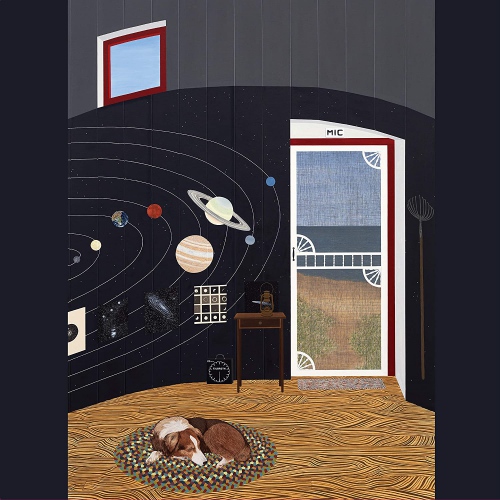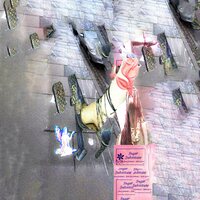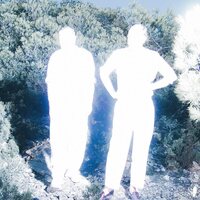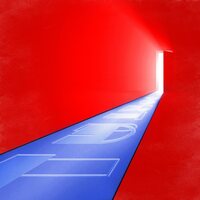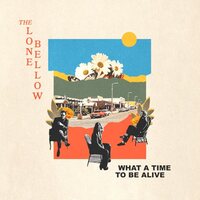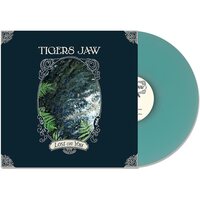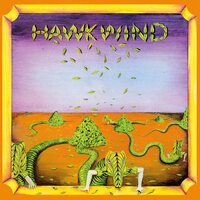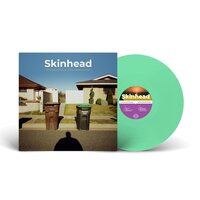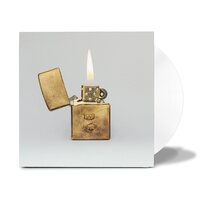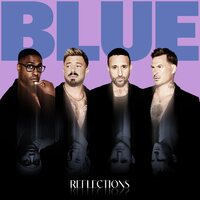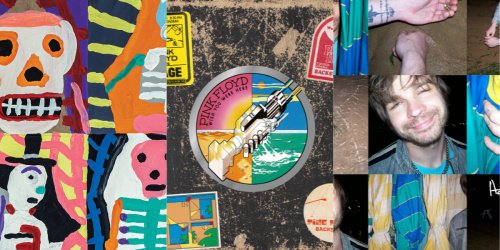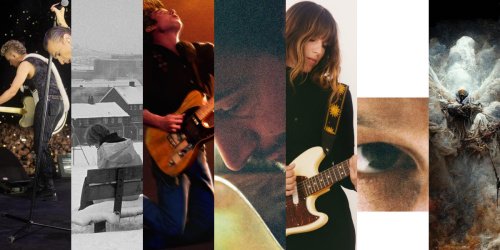Los Angeles-based harpist Mary Lattimore returns with Silver Ladders, the full-length follow-up to acclaimed album Hundreds of Days. Since 2018, Lattimore has toured internationally, released collaborative albums with artists such as Meg Baird and Mac McCaughan, and shared a friends-based remix album featuring artists such as Jónsi and Julianna Barwick. At one of her festival appearances, Lattimore met Slowdive's Neil Halstead: "A friend introduced us because she knew how big of a fan I was and Neil and I had a little chat... The next day, I just thought maybe he'd be into producing my next record." He was. Lattimore traditionally records her albums holed up by herself, so the addition of Halstead's touches as a producer and collaborator leaves a profound trace. "I flew on a little plane to Newquay in Cornwall where he lives with his lovely partner Ingrid and their baby. I didn't know what his studio was like, he'd never recorded a harp, but somehow it really worked." Recorded over nine days at Halstead's studio stationed on an old airfield, Silver Ladders finds Lattimore exercising command and restraint. Her signature style is refined, the sprawling layers of harp reigned in and accented by flourishes of low-end synth and Halstead's guitar. The music can feel ominous but not by compromising vivid wonder, like oceanic overtones that shift with the tides. This material is colored by specific memories for Lattimore; "Neil has this poster of a surfer in his studio and I'd look at it each day, looking at the sunlight glinting on the dark wave. In these songs I like the contrast between the dark lows and the glittering highs. The gloom and the glimmer, the opposites, a lively surfing town in the winter turned kinda rainy and empty and quiet." Lattimore and Halstead reformed three existing demos and improvised the remaining four songs. Among the batch she brought with her, the title track recalls a trip she took to Stari Grad, Croatia on the island of Hvar. "I spent some days there just swimming in the bay, silver ladders right into the sea." The image stuck with her when she found herself performing at a cliffside wedding overlooking the Pacific. "Before anyone showed up, I had time to set up and play and this song came to me, 'Silver Ladders (to the sea)', so I made a little recording on my phone to remember it." This sketch expanded; a delicately glittering harp melody comes over the horizon, swelling and rolling towards the shore on ebbs of synth and refractory delay. Inspired by a story that Halstead shared with Lattimore, "Don't Look" is the score to a beach-side tragedy. "It was a stunning beach with big waves," Lattimore says, "and (Neil) told me that recently, some teenagers had been out there with these surfboards that were way too light and had found themselves in trouble. The four adults that went in to save them died but the teenagers survived." The power of undertow pulls the melody, which begins in a minimalist and elegiac mode, deeper and deeper. Heavy strikes on low harp strings summon up Neptune's wrath, dashing heroism against the roar of the sea, permitting those naive enough to enter that dangerous water to exit, now less naive. Lattimore's song titles often evoke fragments of things heard or misheard. In an anecdote from Lattimore, "I chose 'Chop on the Climbout' as a title because a pilot once said, 'Folks, there's going to be some light chop on the climb out' and I thought the language had an insider mystery that was compelling. The song reminds me of plane traveling." Listeners can feel the drama of aeronautics; the thrust of liftoff, the rumble of overhead luggage as the craft ascends into the belly of cloud cover. Passengers yearning to traverse wide distances in brief moments. The hum steadies into a mesmerizing drone, a synth on top of which Lattimore and Halstead take turns exchanging chiming leads smeared with static-laden air pressure.
Install our app to receive notifications when new upcoming releases are added.

Recommended equipment and accessories
-

Nagaoka MP-110H Cartridge
Features a high-quality elliptical stylus that provides excellent tracking and minimizes distortion, delivering a detailed sound reproduction with an output voltage of 5.0 mV
-

Cartridges - Top Picks
A selection of turnatble cartridges that provide great performance and sound quality
-
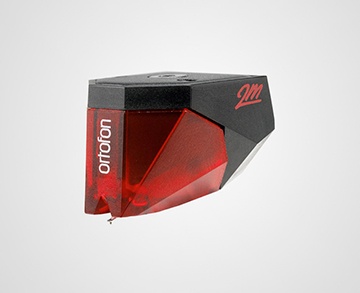
Ortofon 2M Red Cartridge
Features an elliptical stylus that accurately tracks the grooves of vinyl records, delivering a rich, detailed sound with an output voltage of 5.5 mV
-

Audioengine A2 Plus
Precision-engineered 2.75-inch woofers and a 0.75-inch silk dome tweeter, featuring built-in DAC and Bluetooth connectivity for seamless integration.
-

Pro-Ject Phono Box DC Pre-Amp
Compact, high-performance phono preamplifier for both MM and MC cartridges, delivering a clean, detailed signal with minimal noise.
Featured Upcoming Vinyl
-

Tori Amos Strange Little Girls Enjoy the Silence Version [2xLP]
Atlantic Catalog Group
February 20, 2026 -

Fuzz Lightyear Zero Guilt
Nice Swan Records
January 16, 2026 -

Soulwax All Systems Are Lying / Run Free Nite Versions
Deewee
January 23, 2026 -

Greywind Severed Heart City
Frontiers New Recordings Physical Only
January 16, 2026 -

Yonaka Until You're Satisfied
Distiller Records LLP
March 13, 2026 -

Balu Brigada Portal
Warner Bros UK
January 2, 2026 -

A$AP Rocky Don't Be Dumb [2xLP]
Rca Records
January 16, 2026 -

The Lone Bellow What A Time To Be Alive
Burly Bellow Music
February 13, 2026 -

Tigers Jaw Lost on You (Blue)
Hopeless Records
March 27, 2026 -

Sick Joy More Forever (Red)
Sick Joy
January 30, 2026 -

Hawkwind Hawkwind (Remastered Edition)
Atomhenge
March 6, 2026 -

Skinhead It's a Beautiful Day, What a Beautiful Day
Closed Casket Activities
January 9, 2026 -

MUMFORD & SONS PRIZEFIGHTER
Glassnote Music
February 20, 2026 -

Blue Reflections
Cooking Vinyl
January 9, 2026
